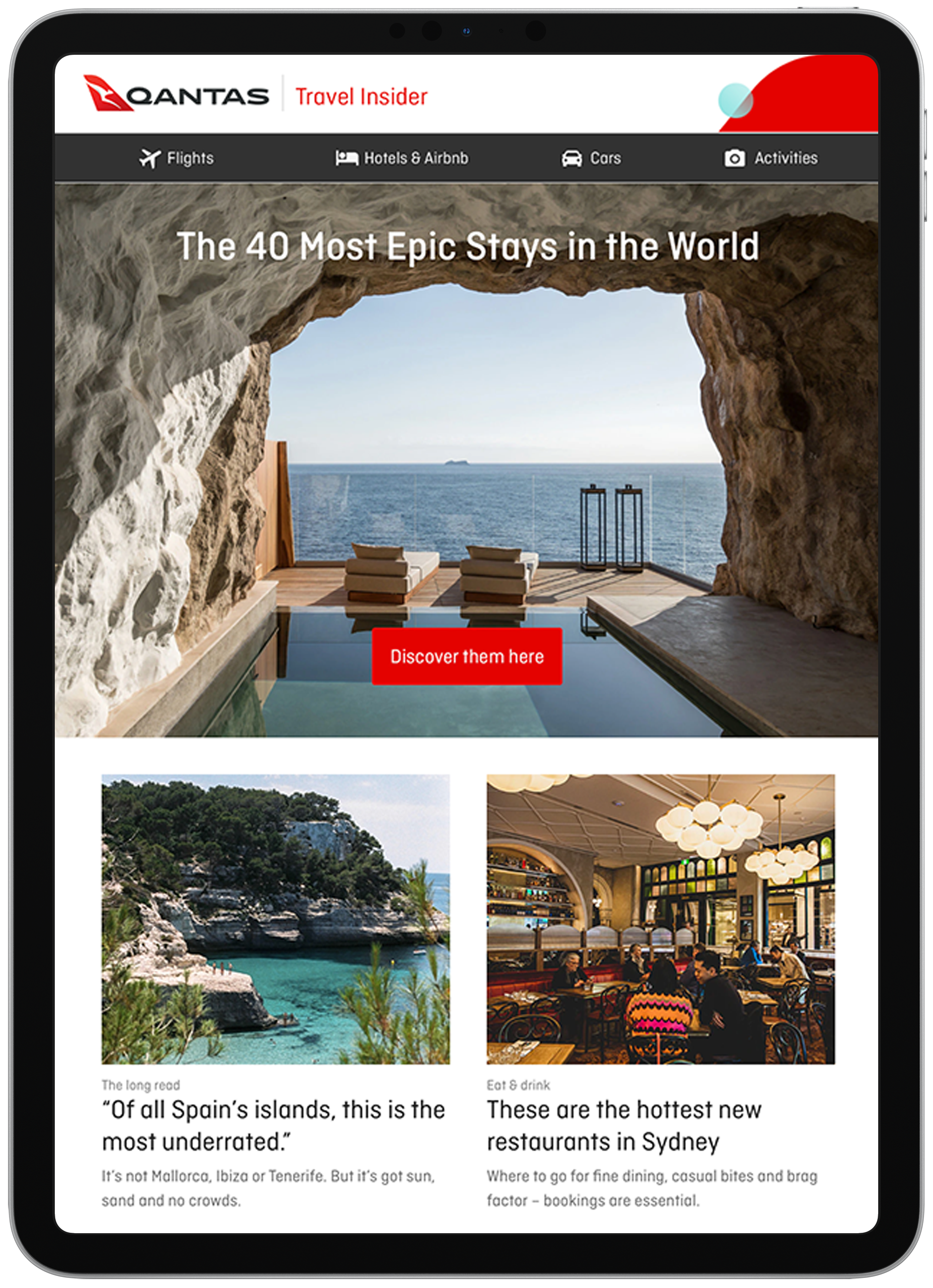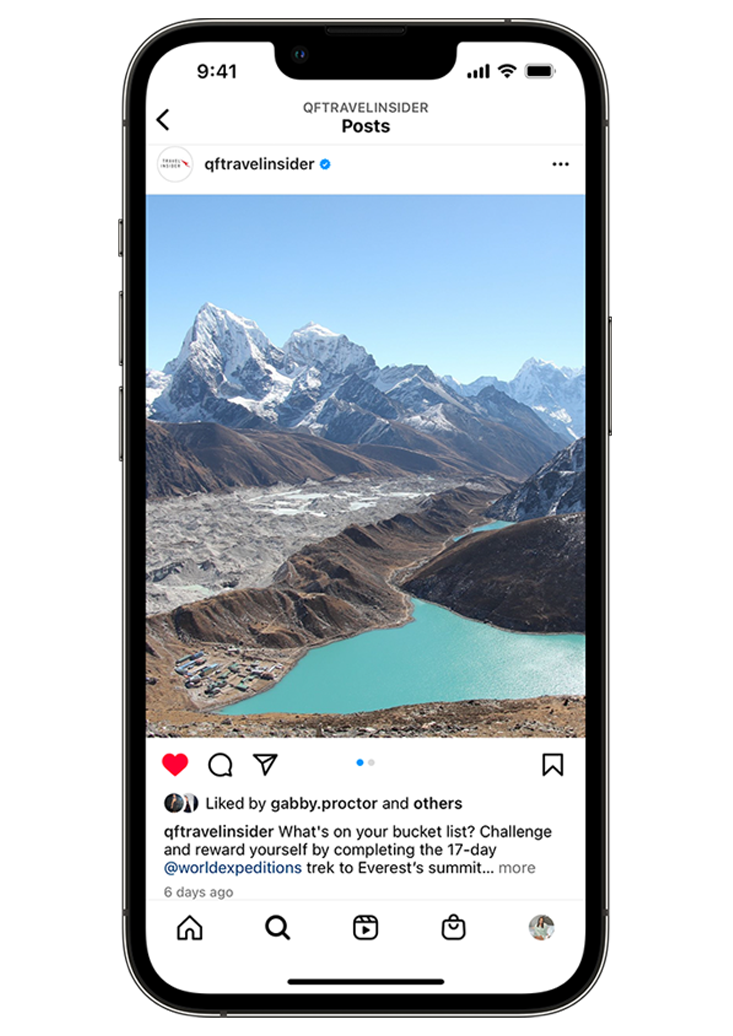Trading Long Lunches for Longevity Therapy: Why Workplaces Are Elevating Wellness
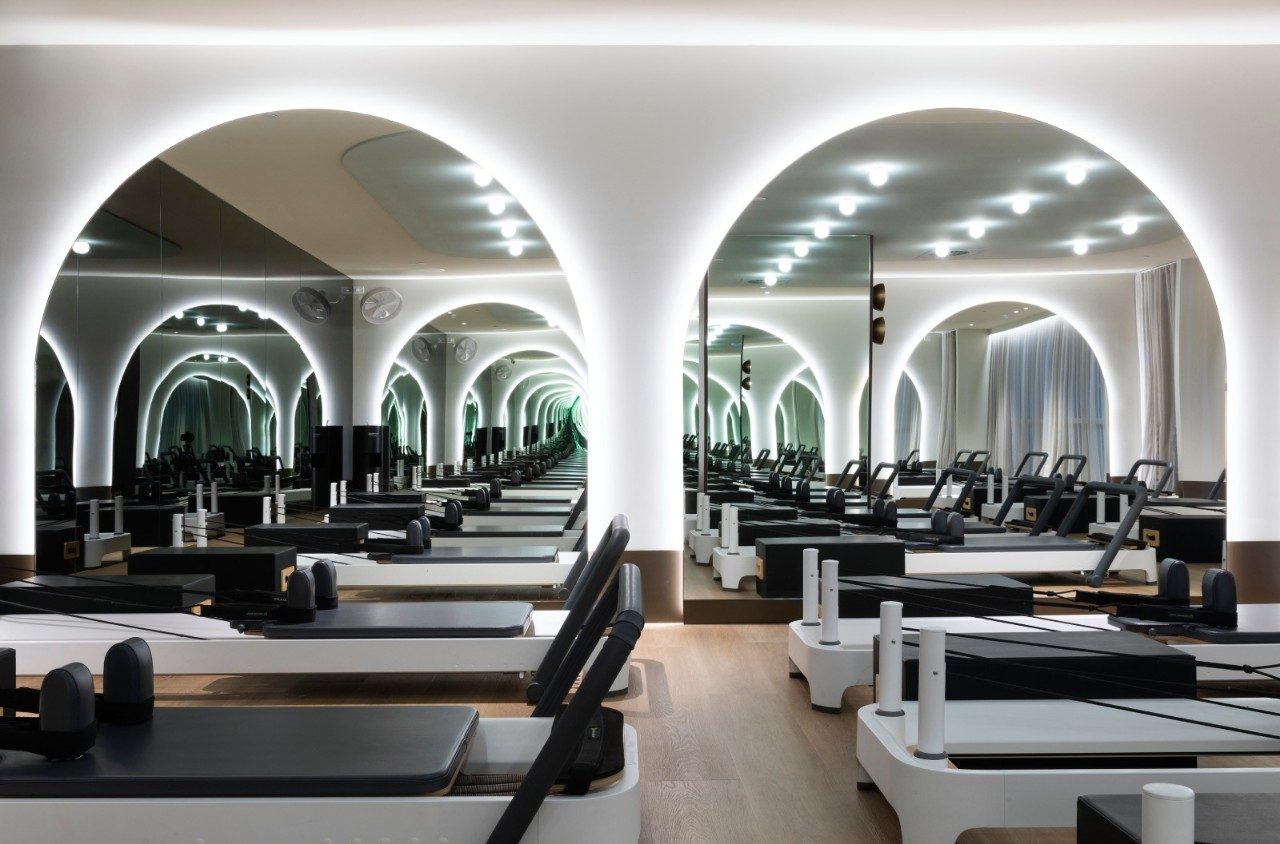
Long lunches and after-work drinks are making way for infra-red saunas, sound baths and serotonin hits as executive wellness becomes the new corporate currency.
At SOMA, the boutique health club in Aurora Place, central Sydney, legal eagles rub shoulders with investment bankers and hedge-fund bosses. They meet on the gym floor, in yoga or reformer Pilates classes, on the way to a hyperbaric chamber or returning from an infrared sauna. The air is scented, the lighting dimmed, the navy, gold and wood fit-out refined. “It’s not as noisy and in-your-face as traditional gyms,” says fitness trainer, former superyacht chef and co-founder Simon Anderson.
SOMA is also exclusive. Members are carefully selected and tended to by concierges. Numbers are capped at 500 “so we remember everyone’s first name”, says Anderson. This is new-generation executive wellness. Kitted out with the latest wearable tracker – a Whoop band or Oura ring – business leaders are opting for private health clubs, where they can take a meeting, do a gym session and plunge into a magnesium pool.
Led by trends in Europe and the United States, the rapid emergence of clubs that resemble five-star hotels and offer holistic approaches to wellbeing – from the gym equipment to recovery practices and longevity therapies – aligns with the growth of the global wellness industry. Many of these clubs feature co-working spaces, meeting rooms and events where like-minded people can mingle and grease the wheels of business. SOMA has captured the zeitgeist to the extent that Macquarie Bank asked the club’s team to establish in-house wellness facilities at the bank’s Sydney headquarters.
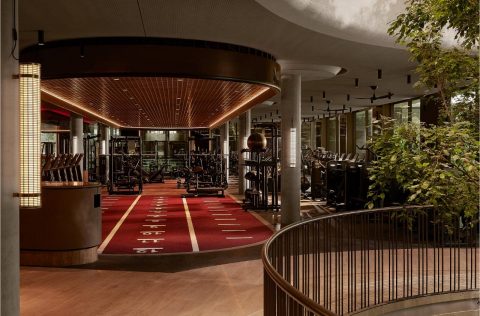
By contrast, the five ultra-luxe clubs in the Brisbane-based TotalFusion group aim for connected communities, with expansive, resort-style venues that bring fitness, health-promoting activities and therapies – as well as workspaces – under one roof. TotalFusion Platinum, for instance, set amid the high-rises of Newstead, spans 9000 square metres over six floors and lays claim to being the largest health and wellness precinct in the Southern Hemisphere. Along with a superabundance of classes and gym facilities, allied health, wellness and medical services, the property has an inclined kilter climbing wall, a dedicated altitude training space, a snow room and a salt therapy room that replicates the microclimate of salt caves. Doggy daycare and a creche are also available.
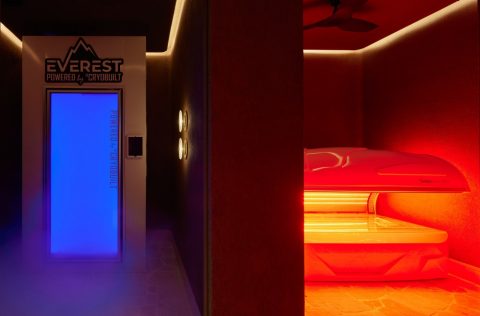
The clubs are designed to motivate members to train, recover, co-work, dine and socialise, all in one ecosystem. Membership demographics differ by location, although a large proportion are executives or business owners who see wellness as a fast-track to competitive advantage, says general manager Ben McNiece. Some opt for the standard 30- to 75-minute workout sessions. Others stay all day, taking advantage of the rooftop recovery services, co-working in the lounges and tucking into healthy lunches in the cafe. Companies can also host team-bonding wellness activities and events in the facilities. “Feedback is the participants have never been more engaged because they leave feeling energised, not drained,” says McNiece.
For organisations that are footing the bill for memberships, the main appeal – besides the recognition that a healthier, more engaged workforce is more productive – is in the attraction and retention of talent. While some reserve the memberships for senior executives, says McNiece, others opt to sign up their entire workforce and see a return on investment. The old-school culture of alcohol-fuelled business networking is being replaced by healthy pursuits that elicit feel-good hormones – serotonin, endorphins, oxytocin and dopamine – with effects that experts insist last longer.
It’s part of the worldwide wellness movement, measured by the Global Wellness Institute at a new peak of US$6.3 trillion in 2023 and projected to be nudging US$9 trillion by 2028.
Reasons for businesses to support the wellness of their leadership teams abound, not least that the Institute estimates “workplace unwellness” shaves about 10 to 15 per cent off the global economy. McKinsey & Company research links leaders’ self-care and health to higher profits and productivity, lower staff turnover, better innovation metrics and keener problem-solving.
The new priority
At leading law firm Arnold Bloch Leibler, wellbeing has equal caché with its other business imperatives, says human resources director Shaneen Argall. “We measure it, resource it and regularly review it. We get a return on investment on wellbeing because our people feel energised and supported.”
The practice has 280 partners and employees between its Sydney and Melbourne offices. Gym memberships and individual wellness pursuits as part of a comprehensive offering to staff are a “no-brainer” for the firm, she says. In Sydney, that means SOMA, which is nearby, while in Melbourne, its Collins Street location means a mainstream provider. “You’re never going to get 100 per cent of your workforce attending but well over half go on a regular basis, including partners leading by example.”
There’s no generational or gender divide, says Argall. “Partners talk about the practice of law being a marathon, not a sprint, and wellness is what makes success sustainable in an intellectually demanding and high-performance environment.” She says that the recovery element is the game-changer that private clubs bring to the table.
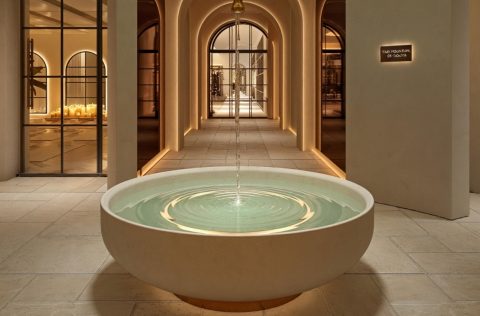
The loudest buzz in the ultra-luxe private health club industry is about Saint Haven, founded by property developer Tim Gurner. His Gurner Group has launched three clubs in Melbourne since 2023, plus two with a younger social emphasis (and lower price point) under the Saint brand. The group is scheduled to rollout two Sydney outposts in 2026, with locations at North Sydney and Bondi Beach.
The vision for Saint Haven is to create sanctuaries where people can optimise their health beyond the physical, combining the latest science with ancient therapies. Sleekly designed premises include co-working and meeting spaces, boardrooms, gym floors, bathhouses, restaurants and breathwork studios. Intravenous treatments and full-body scans are now on offer as well, with a Prenuvo MRI machine, billed as a tool for early diagnosis (seeking medical advice beforehand is always recommended) now installed at Saint Haven Black in Toorak.
The social aspect of these health clubs attracts well-heeled guests to environments that Sean Carey, general manager at Saint Haven, describes as “exclusively inclusive”. Memberships cost between $10,000 and $25,000 annually and many of the members refer family and friends.
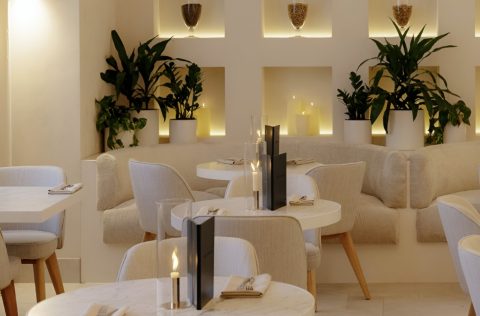
There’s a diversity of people at a Saint Haven location. The members’ cohort includes the CEOs of several of Australia’s top banks, baby boomers who want to keep up with the grandkids, global creatives and businesspeople looking for a way into the local community, with an estimated 58 per cent of them women. “The common thread [among members] is a desire to focus on health and be a good human in terms of conversations without too much ego,” says Carey.
While protocols exist about mobile phone usage, demand for dedicated co-working spaces has been more pronounced than anticipated, he says. Some executive teams are running weekly meetings in Saint Haven’s boardrooms, before having breakfast in the restaurant and moving on to a class.
Growth factors
The rapid expansion of the wellness industry has been driven by a range of factors. A surge came in the aftermath of the pandemic, not only due to the renewed focus on health but also a desire for social connection. The internet –along with social media channels – have only heightened that awareness.
Greater acceptance of hybrid/remote work set-ups also accounts for the popularity of salubrious co-working locations. Measurement is a clincher for numbers-focused corporate execs, with the clubs’ sophisticated equipment collecting scientific-backed data – you can check your heart rate variability at the flick of a wrist, for instance.
The impact of wellbeing on leadership performance is not news to human performance strategist Andrew May, who’s been working in the field for decades and insists that in the corporate world, “wellbeing is not a nice-to-have, it’s an essential”. His consultancy, Performance Intelligence, works with clients such as Commonwealth Bank of Australia, APA Group, KPMG, Westpac, the Manly Sea Eagles and the Wallabies.
Currently, May is running a high-touch and high-investment program that zooms in on metabolic markers for the top 15 executives at a leading insurer, as well as a lower-touch, more digitally driven program for 6000 members of Australia’s defence forces. Organisations recognise that having their leadership team in peak condition both physically and mentally makes them a better resource, he says. “What they’re looking to achieve is sustained high performance and the mental clarity that’s critical for resilience, cognitive performance and long-term success.”
What’s spurred the recent uptake is the recovery element, says May. He works with business clients who often put in 60- to 70-hour weeks. “Optimum performance requires an intensity of effort, concentration and training. Then you have to down-regulate, switch off your brain and relax your body. Data shows that’s the way to perform at a high level and not burn out.”
Rising demand for recovery therapies is pumping up the wellness sector, along with a voracious appetite for longevity treatments. Regenerative medicine will be a future focus for the Saint Haven clubs, says Carey.
In a competitive business world, what does an experienced coach like May think of the rise of ultra-luxe health clubs? “Love it,” he says, drawing on the wisdom of Owen Eastwood, a lawyer-turned-performance-coach for the British Olympic team. “About 70 per cent of your culture is from environmental cues so it makes sense to go where people are healthy, exercising, engaging in recovery and longevity, not a long boozy lunch."
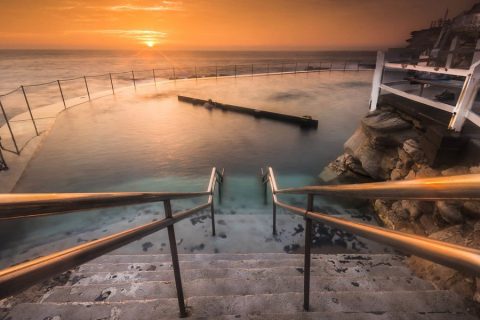
Start planning now
SEE ALSO: How A New Wave of Wellness Retreats is Helping Stressed-out Executives Beat Burnout
Image credits: Andrew Worssam (SOMA), Cieran Murphy (TotalFusion Platinum gym and light therapy facilities); Peter Bennetts (Saint Haven basin of reverse osmosis purified water and restaurant)

